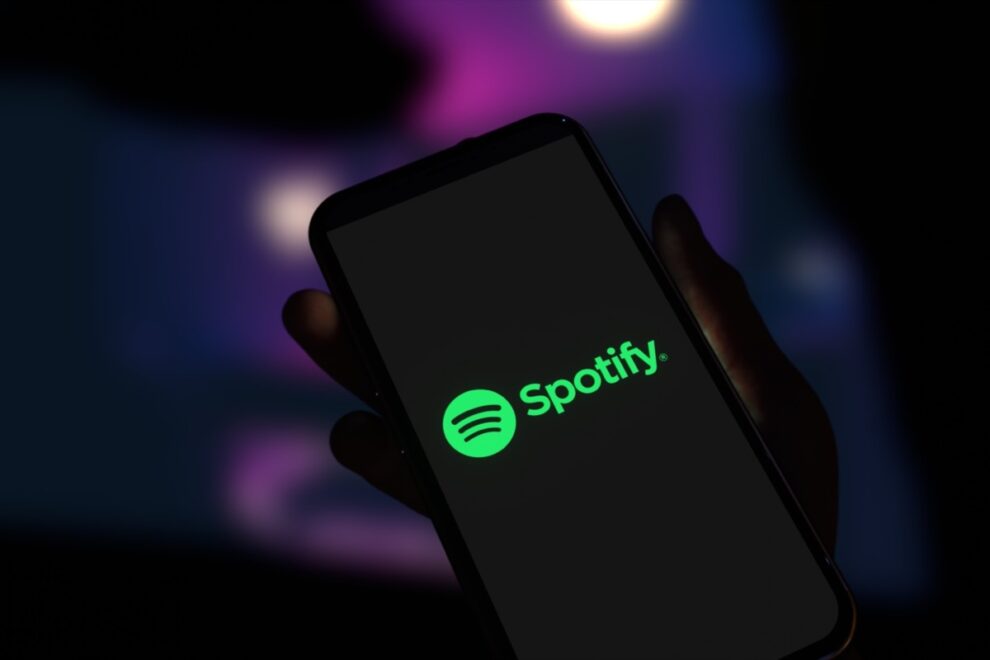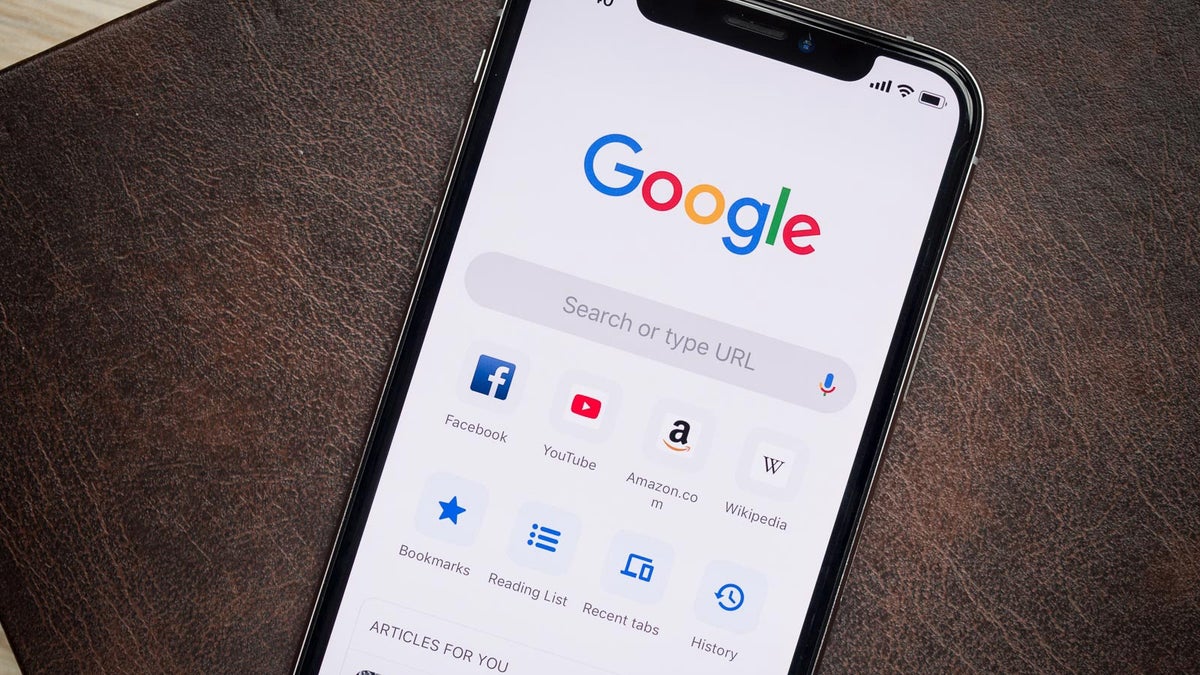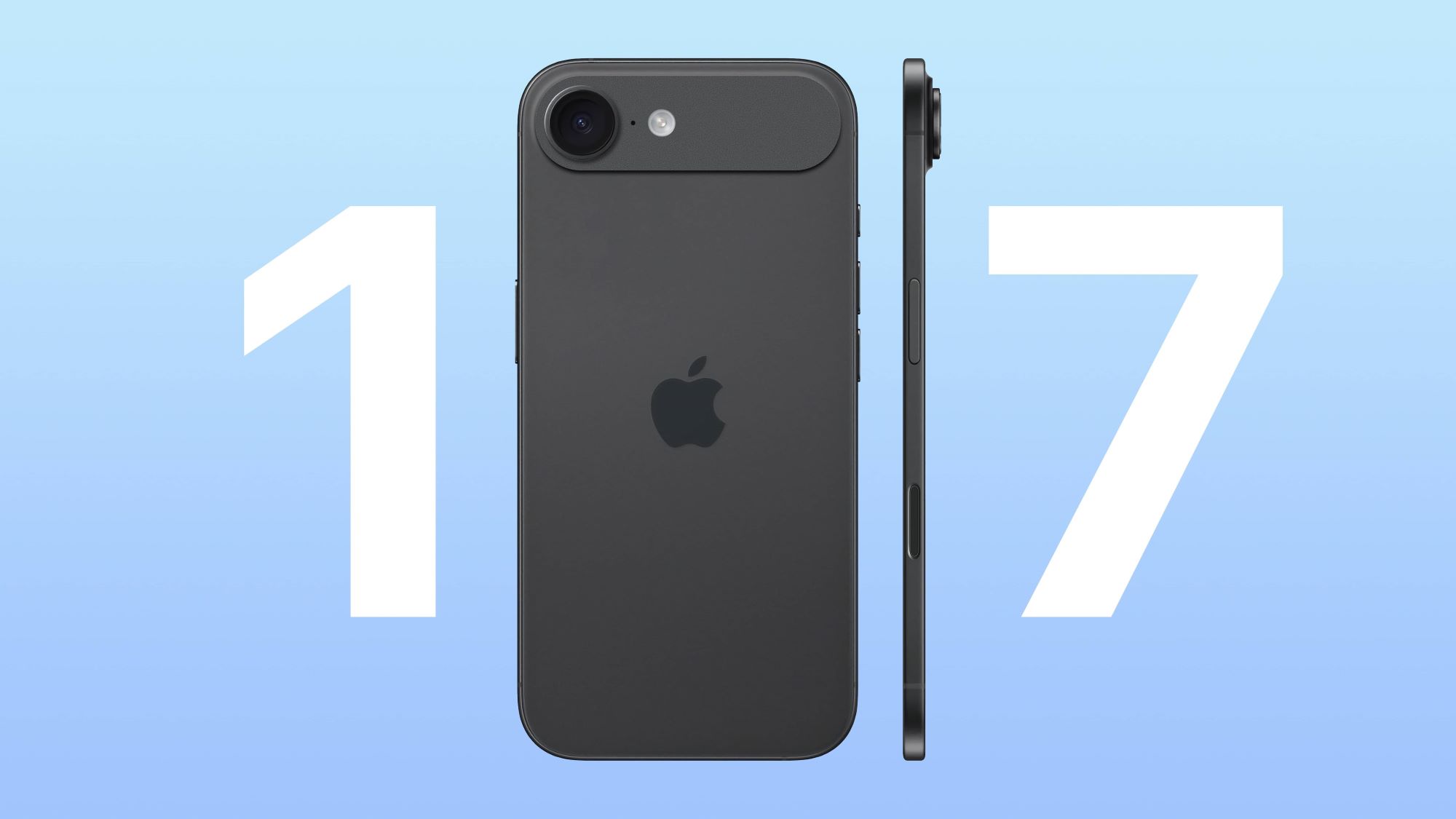Are you weary of the endless scroll, the constant barrage of often negative news and fleeting content that leaves you feeling drained? In a world saturated with apps vying for your attention, promising connection yet often delivering a sense of emptiness, one audio giant is positioning itself as a refreshing alternative. Spotify, the behemoth of music and podcast streaming, is making a bold claim to advertisers: it’s the antidote to the dreaded “rotting and doomscrolling” experience.
This isn’t just another marketing buzzword. Spotify is actively pitching its platform as an environment where users are engaged, not passively consuming. According to reports, the company recently outlined its strategy to boost its advertising business, emphasizing that its audience is actively listening, making them more likely to engage with ads. This approach directly contrasts with the experience on many social media platforms, where users can spend hours mindlessly scrolling through feeds, often encountering content that evokes anxiety or negativity – a phenomenon commonly known as doomscrolling.
The term “doomscrolling,” while having gained significant traction in recent years, isn’t entirely new. It describes the tendency to continuously scroll through bad news, even though that news is saddening, disheartening, or depressing. In today’s digital age, where information, both factual and misleading, is readily available at our fingertips, the temptation to stay glued to our screens, absorbing a constant stream of potentially negative updates, is strong. This can lead to feelings of stress, anxiety, and a general sense of unease.
Spotify’s strategy hinges on the nature of its content consumption. Unlike visual platforms that encourage endless scrolling, Spotify’s core offering revolves around audio. Users typically select specific music, playlists, or podcasts they want to listen to. This suggests a more intentional and focused form of engagement. While users might discover new content through algorithmic recommendations, the primary mode of interaction involves active listening rather than passive viewing.
This distinction is significant for advertisers. In an environment where users are actively engaged with the content they’ve chosen, their attention is likely to be more focused, making them more receptive to advertising messages. Spotify’s argument is that ads served within this context are less likely to be perceived as intrusive interruptions and more likely to capture the listener’s attention.
Further bolstering this claim is Spotify’s understanding of its user base. The company’s 2024 Culture Next report revealed a compelling statistic: a significant majority of Gen Z, a demographic highly coveted by advertisers, views Spotify as the ultimate antidote to doomscrolling. This suggests that younger audiences are consciously turning to audio as a form of escape and positive engagement, further strengthening Spotify’s appeal to brands looking to connect with this demographic in a meaningful way.
To further entice advertisers, Spotify has been actively investing in its advertising platform. This includes modernizing its ad technology and forging strategic industry partnerships. A key development in this effort is the launch of the Spotify Ad Exchange (SAX). This new programmatic offering allows advertisers to access Spotify’s engaged and logged-in users via real-time auction, providing full addressability and measurement capabilities. This means advertisers can now target specific audiences more effectively and measure the impact of their campaigns with greater precision.
Spotify is also making its self-serve Spotify Ads Manager more user-friendly and effective by introducing new tools and solutions. These enhancements include improved targeting and measurement capabilities, empowering advertisers of all sizes to create, optimize, and track their campaigns.
Recognizing the importance of creative execution in capturing audience attention, Spotify is also focusing on making it easier for advertisers to create compelling audio ads. This includes the introduction of Spotify Gen AI Ads, a tool that leverages generative AI to produce scripts and voiceovers at no additional cost for advertisers in select markets. This initiative aims to lower the barrier to entry for creating high-quality audio ads, making the platform more accessible to a wider range of businesses.
Beyond automated solutions, Spotify also offers in-house creative agencies, Creative Lab and AUX, to collaborate with brands and agencies. These teams provide creative expertise to develop unique and effective campaigns tailored specifically for the Spotify platform. This comprehensive approach, combining technological advancements with creative support, positions Spotify as a valuable partner for advertisers seeking to connect with engaged audiences in a positive environment.
While some users have expressed concerns about changes to the Spotify app, the company’s focus on attracting advertisers by highlighting its unique value proposition in a cluttered digital landscape appears to be a strategic move. By positioning itself as the antithesis of “rotting and doomscrolling” apps, Spotify is not only appealing to advertisers seeking more engaged audiences but also subtly tapping into a growing consumer desire for more mindful and positive digital experiences.
In a world where attention is a precious commodity, Spotify’s pitch resonates with the understanding that users actively choosing to listen are likely to be more present and receptive than those passively scrolling through endless feeds. As the digital advertising landscape continues to evolve, Spotify’s strategy of emphasizing user engagement and a positive environment could prove to be a winning formula, offering advertisers a valuable alternative to traditional social media platforms. The question remains whether this strategy will fully address user concerns and solidify Spotify’s position as the go-to platform for both audio entertainment and effective advertising.




